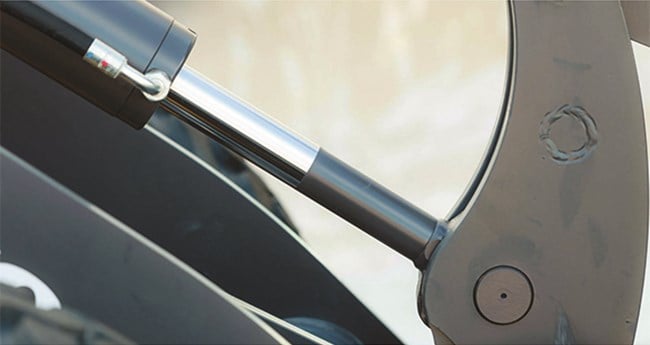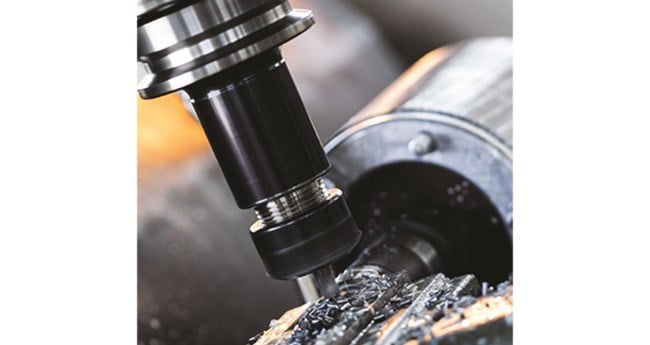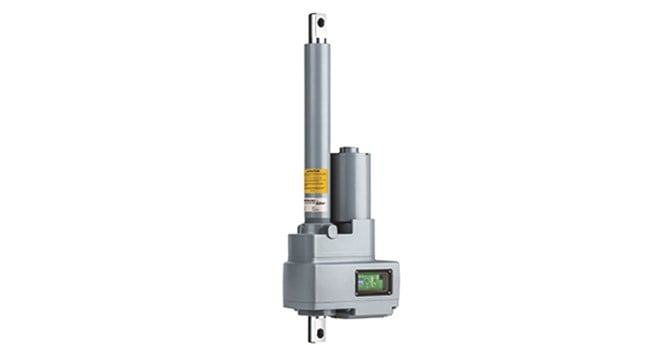Columbus McKinnon industrial linear actuators offer a packaged solution to your motion requirements. The integration of the linear actuator and motor simplifies the process of specifying and purchasing components for your motion system. Our linear actuators offer several advantages over hydraulic cylinders when low maintenance, installation, and operating costs and, environmental impact are considerations. Regardless of how simple your requirements or how complex, our electromechanical industrial linear actuators can be customized to suit your application.
Contact Our Engineering Team For A Free Application Analysis
Industrial Linear Actuators FAQs
What are Industrial Linear Actuators Used For?
Industrial linear actuators are robust enough to handle high-duty cycle applications while providing precise and repeatable motion. The wide range of applications include:
- Balancing loads AGVs
- Synchronizing lifting tables
- Multiple material handling and movement applications
What are the Three Types of Linear Actuators?
Pneumatic, hydraulic, and electric actuators are the three most frequently used linear actuators. Pneumatic actuators are the most straightforward and affordable option, but they require compressed air, which may not always be available and is very expensive to generate. A hydraulic actuator is generally more reliable than a pneumatic actuator; however, it is significantly more complicated and expensive. Electric actuators are the most flexible option, offering smooth, precise, and maintenance-free motion.
In recent years, electric linear actuators have become increasingly common in various industries to automate their processes due to their precision, safety, small size, and speed. Not only are electric actuators the safer choice, but they also allow manufacturers to build automated process environments. Ultimately, this will help reduce failure rates and improve throughput.
What is the difference between static load and dynamic load?
Dynamic, working, or lifting load is the force that will be applied to the actuator while it is in motion. Static load, also called holding load, is the force that will be applied to the actuator when it is not in motion.
What's duty cycle and how is it calculated?
Duty cycle, measured in inches per hour, is the total distance an actuator may travel (extension and retraction) in an hour with equally spaced intervals between each cycle. Duty cycle may also be expressed as a percentage, which is simply the ratio of on time to total time (on and off time). AC actuators operate between no load and rated load with very little change in duty cycle. In DC models, duty cycle is approximately inversely proportional to load (percent of rated capacity).
What are side loading and eccentric loading, and why should they be avoided?
Side loading, or radial loading, is a force applied perpendicular to the actuator centerline. Eccentric loading is any force whose center of gravity does not act through the longitudinal axis of the actuator. Both side loading and eccentric loading should always be avoided as they can cause binding and shorten the life of the actuator.
What are the most common factors in the failure of a linear actuator?
Improper loading, failure to set limit switches, excessive duty and extreme environments may contribute to premature actuator failure.
What does the clutch do?
The friction disk clutch in linear actuators is set to slip when the rated load limit of the actuator is exceeded. This is to prevent damage to the actuator due to jamming, or overheating resulting from an excessive load. The load will be held securely should the clutch slip. The clutch also allows end of travel protection, but is not designed to be slipped repeatedly. Select an actuator with internal limit switches or install external limit switches; if a clutch model will be slipped repeatedly.
Everything you Need to Know About Columbus McKinnon Industrial Linear Actuators
Learn more about the advantages and disadvantages of two of the most popular types of linear actuators – hydraulic and electric – to help you find the perfect device for the job.
Learn More About Hydraulic and Electric Linear Actuators
Providing you take good care of your linear actuators, and you follow your manufacturer’s advice, they should be able to perform for as long as specified. These are the best tips for extending the life of your linear actuator.
Extend the life of your linear actuators
A smart actuator is an integrated actuator that includes onboard controls, communication capabilities, position control and feedback, and fault detection. This makes the actuator easy to install, use, program, and monitor, while eliminating the need for external controls.
Learn More About Our Smart Actuator
Central America-Andean-Caribbean - EN









